CIRCUIT DESCRIPTION:
SS2 is a Normally Closed (N/C) solenoid that provides control main pressure to stroke Shift Valve 2 (SV2) to attain a particular range needed for the next upshift or downshift. A pressure switch is located at the end of the shift valve to send valve position status back to the TCM.
The TCM sends control current to SS2 from High Side Driver 2 (HSD2) via wire 171. HSD2 is continuously on unless the TCM detects a fault condition. The TCM regulates the amount of current to SS2 by switching the low side driver on and off. Wire 133 completes the circuit between SS2 and its low side driver. DTC P0976 indicates that the TCM processor has detected a short-to-ground condition in the low side of the electrical circuit.
ACTION TAKEN WHEN THE DTC SETS:
When the DTC P0976 is active, the following conditions occur:
1. If the failure occurs while in a forward range a shift to 1st, 3rd, or 5th range is made.
2. While diagnostic response is active, if shift selector is moved to N (Neutral), transmission shifts to neutral; if the shift selector is moved to R (Reverse), transmission shifts to reverse. If the shift selector is moved to D (Drive) range or R (Reverse) and transmission is compromised by overspeeding or direction change, transmission shifts to neutral.
3. Torque Converter Clutch (TCC) engagement is inhibited.
4. The DTC is stored in the TCM history.
5. The CHECK TRANS light illuminates (non-OBD II strategy).
6. The TCM forces Variable Modulated Main off.
7. The TCM freezes shift adapts (DNA).
CONDITIONS FOR CLEARING THE DTC:
Use the diagnostic tool to clear the DTC from the TCM history. The TCM automatically clears the DTC from the TCM history if the vehicle completes 40 warm-up cycles without the DTC recurring.
DIAGNOSTIC AIDS:
The following procedures are not documented in any OEM procedures or in any OEM Troubleshooting or Service information and should not be used as a method to diagnose any transmission DTCs, function, or shift quality concern:
1. Back-probing any connections used for transmission features or functions may damage and/or unlock terminals from the back-probed connector creating permanent or intermittent shorts and/or open circuits. If possible, use the J-39700 Breakout Box, the appropriate harness adapters, and appropriate magnetic overlays to troubleshoot the vehicle.
2. Load-testing any transmission-related circuits with any other electrical devices such as vehicle lamps or relays, especially with the TCM connected to the harness. Use J-39700 Breakout Box and appropriate harnesses with the diagnostic tool to monitor the circuit performance in question unless otherwise specified in the various Troubleshooting information.
3. Piercing a wire to check for voltages, shorts-to-grounds or other wires anywhere in the circuit but especially at the TCM. This creates a leak path for moisture and damages the wire and insulation.
An intermittent circuit condition can allow this DTC to set. Make sure you check for the following conditions at the OEM harness first, then at the transmission internal harness:
Inspect the wiring for poor electrical connections at the TCM and the transmission main connector. Look for the following conditions:
1. A bent terminal.
2. A backed-out terminal.
3. A damaged terminal.
4. Poor terminal tension.
5. A chafed wire.
6. A broken wire inside the insulation.
Inspect OEM wiring harness routing. Look for possible contact points where chafing could occur leading to an open circuit condition. Moving parts on the vehicle could be contacting the harness; this includes parking brake drum, suspension components, transmission shift linkage etc.
When diagnosing for an intermittent open condition, massage the wiring harness while watching the test equipment for a change. It may be necessary to check continuity at individual wires within a harness to isolate an intermittent open condition.
You may have to drive the vehicle in order to experience a fault. Use the data obtained from failure records to determine transmission range and/or certain vehicle operating variables such as temperature, run time, etc. This data can be useful in reproducing the failure mode when the DTC was set.


 AGCO
AGCO ALLISON
ALLISON BENDIX
BENDIX BOBCAT
BOBCAT CAT
CAT CLAAS
CLAAS CNH
CNH DAF
DAF DETROIT
DETROIT EATON
EATON FREIGHTLINER
FREIGHTLINER HINO
HINO HITACHI
HITACHI ISUZU
ISUZU JCB
JCB JOHN DEERE
JOHN DEERE JPRO
JPRO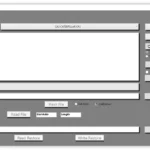 MAGIC TUNER
MAGIC TUNER MAN
MAN Navistar
Navistar PACCAR
PACCAR PERKINS
PERKINS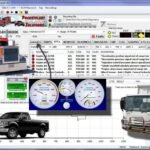 PF DIAGNOSE
PF DIAGNOSE PSI POWERLINK
PSI POWERLINK RENAULT
RENAULT SCANIA
SCANIA THERMO KING
THERMO KING UD NISSAN
UD NISSAN VOLVO
VOLVO WABCO
WABCO ZF TESTMAN
ZF TESTMAN
 BELL
BELL BENDIX
BENDIX BOBCAT
BOBCAT CARRIE
CARRIE DAF
DAF DETROIT
DETROIT EATON
EATON FUSO
FUSO MACK
MACK
 Cumminz
Cumminz ISB4.5 CM2150
ISB4.5 CM2150 All Engines (2017 Emissions)
All Engines (2017 Emissions) PACCAR
PACCAR
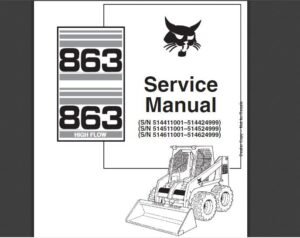

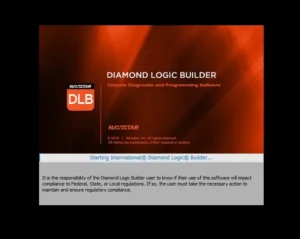



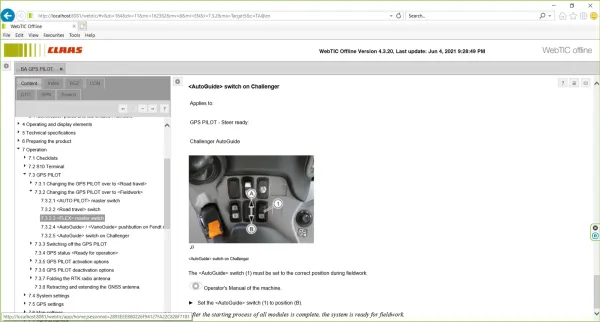
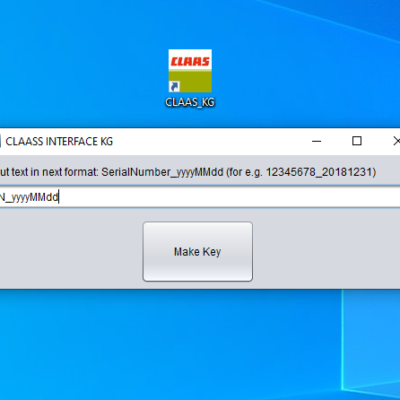

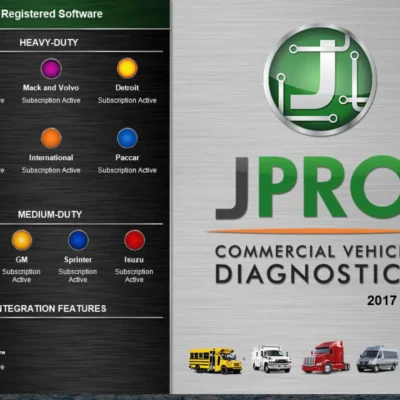



![The Doosan Diagnostic Tool DX22 Generator Engine 00.13 [2023.06] is essential for maintaining and diagnosing Doosan generators. It provides a comprehensive solution designed for efficiency and performance in heavy equipment. This tool enhances operational reliability by offering real-time monitoring and advanced diagnostic features. Its user-friendly interface simplifies troubleshooting, making it a valuable asset for technicians and maintenance teams in various industries.](https://ecmtrucks.com/wp-content/uploads/2024/08/3-400x400.png)
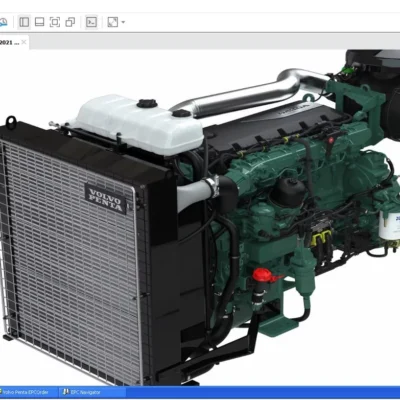
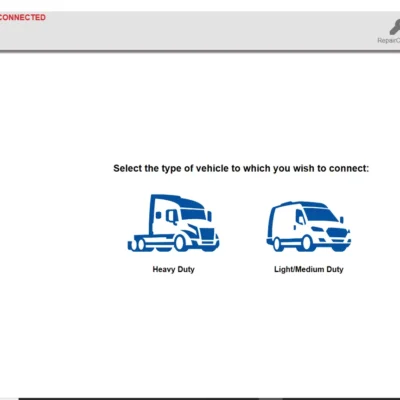
Reviews
Clear filtersThere are no reviews yet.